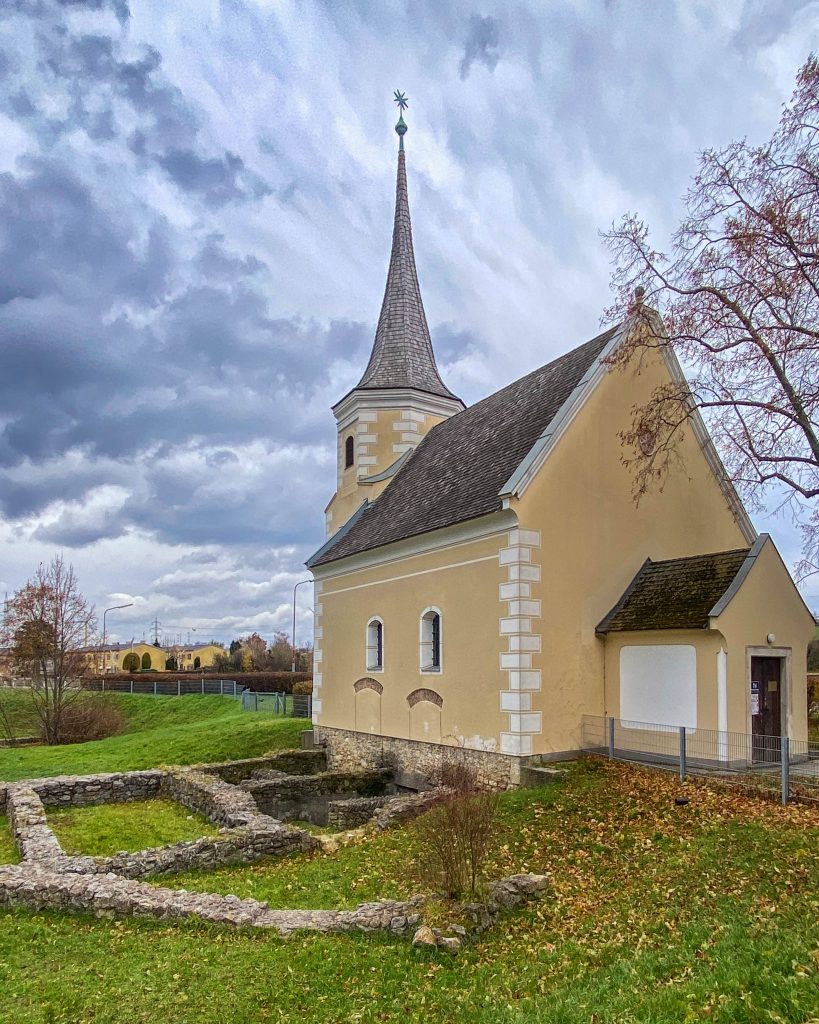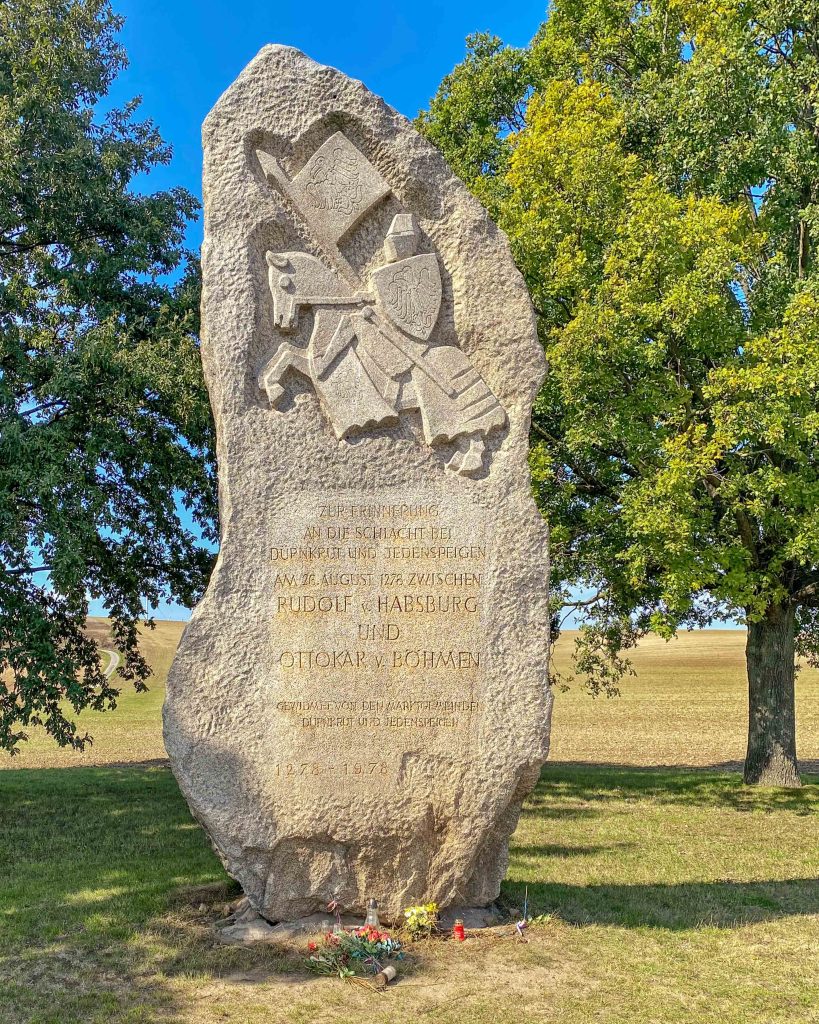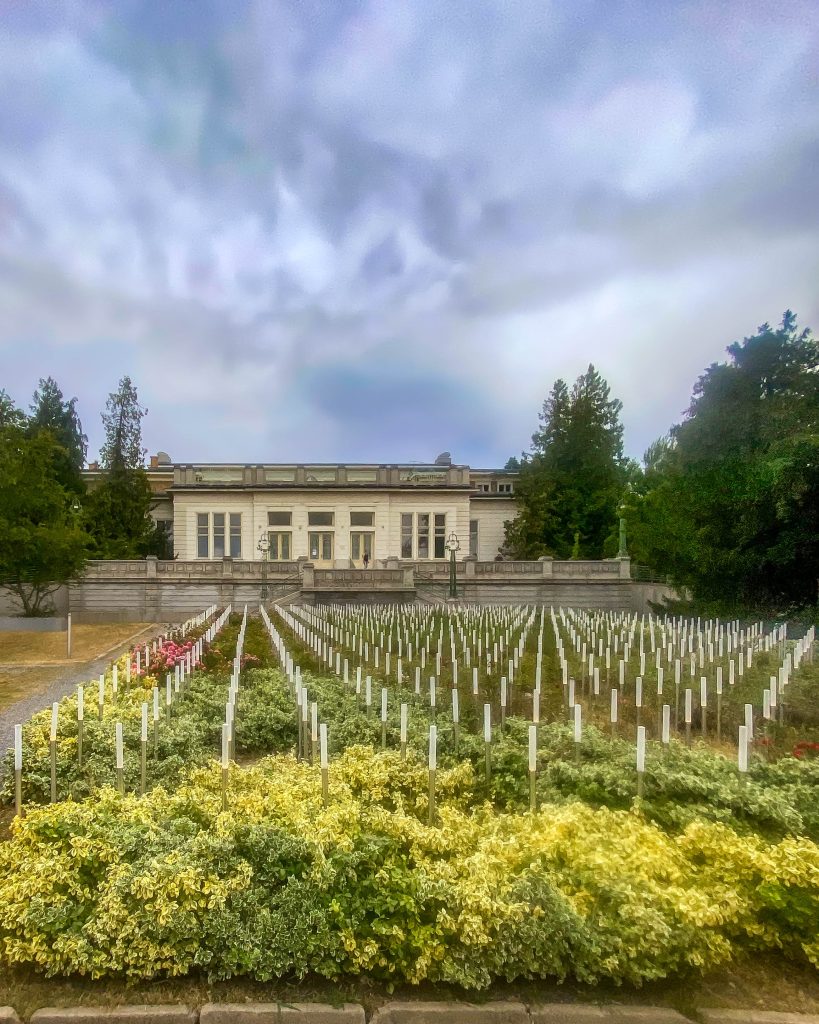St. John’s Church Unterlaa

The Roman Catholic Church of St. John in Unterlaa in the 10th district, right next to the Liesingbach stream, is considered one of the oldest churches in Vienna, as some of its components date back to the early 11th century. The location and alignment of the stone foundations in particular suggest a sacred building and adjoining estate from the time of Roman settlement, which were then probably also used as building material for the first small church.
Early Christian graves inside the church may also be attributed to the first priests. In the 13th century, the church was taken over by the Knights of St. John (now the Order of Malta), the landlords of the area at the time, and consecrated to St. John the Baptist. During the Second Turkish Siege of Vienna in 1683, the church, which was repeatedly extended and rebuilt, was destroyed and then rebuilt shortly afterwards.
On the grounds around the church there is also a Holy Sepulchre Chapel from 1700 and an archaeological showroom run by the Favoriten District Museum.

